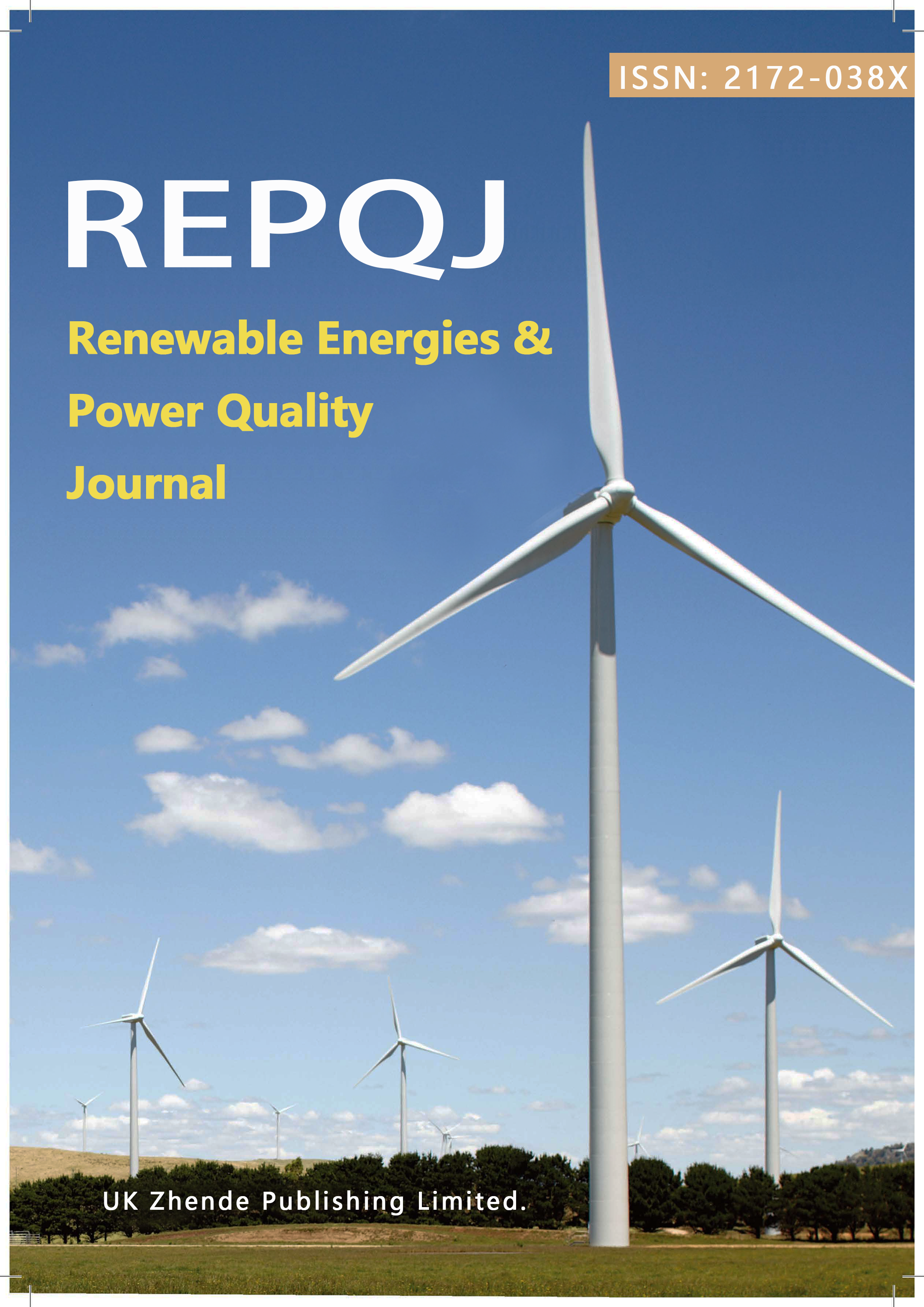Impact of electric vehicles fast frequency regulation and charging strategies on grid frequency stability
DOI:
https://doi.org/10.24084/repqj21.247Keywords:
V2G, fast frequency regulation, electric vehicle, charging strategies, frequency responseAbstract
With the gradual reduction of grid inertia, system sensitivity to load unbalances is increasing, compromising frequency stability. To face this problem, faster frequency regulation resources are required. In this context, vehicle-to-grid (V2G) is one of the concepts that is suggested for this purpose. When electric vehicles (EVs) are parked, their batteries can be used as distributed energy storage systems (EESs), injecting and absorbing power faster than conventional generation units (CGUs). The goal of this paper is to analyse the impact of fast frequency regulation of EVs in a small-scale grid, under sudden load variations. In this paper, the effect of charging strategies (CSs) is addressed, as they have a direct impact on the magnitude of the EV fleet regulation. In this way, different CSs can be used to achieve symmetrical up and down regulation, or to maximize one of them. The effect of the EV fleet dynamics in the frequency transient is also studied. The speed of response, and hence, the frequency transient, are influenced by these dynamics. The focus of the analysis will be the communication delay between the EV fleet and the central controller.











